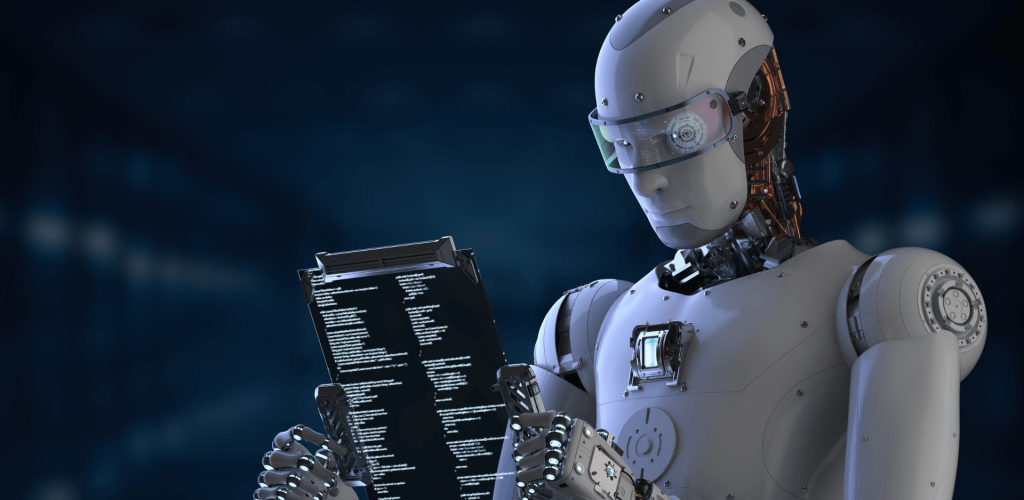
How AI Learns: Simple Explanation of Machine Learning
We’ve all seen AI in action — whether it’s ChatGPT answering questions, Netflix recommending shows, or your phone unlocking with face ID. But how does AI actually learn?
In this blog, we’ll explain how machine learning — the technology behind AI — works in plain English, using simple examples you already know.

🤖 What Is Machine Learning?
Machine Learning (ML) is a type of artificial intelligence that teaches computers to learn from data, instead of being programmed with rules.
📌 Think of it this way: Instead of telling a computer what to do step-by-step, you give it examples — and it figures out how to do it on its own.
🧠 Real-Life Analogy: Teaching a Child
Imagine teaching a child how to tell the difference between cats and dogs:
You show them pictures of both.
Over time, they start noticing patterns: cats have pointy ears, dogs bark, etc.
Eventually, they can recognize a new cat or dog they’ve never seen before.
That’s how machine learning works — but with thousands (or millions) of examples.
📊 How Does AI Learn From Data?
Machine learning follows a basic 3-step process:
Training
The AI is fed massive amounts of labeled data.
Example:
100,000 photos labeled “cat” or “dog”
1 million English sentences to learn grammar and tone
The AI finds patterns in the data.
Testing
Next, the AI is tested with new, unseen data to see how well it learned.
If it makes mistakes, the system adjusts and tries again.
Improvement
Through a feedback loop, the AI improves over time.
More data = Better predictions
Better predictions = Smarter AI
🧠 Types of Machine Learning (Made Simple)
| Type | How It Works | Example |
|---|---|---|
| Supervised Learning | Learns from labeled data | Classifying spam emails |
| Unsupervised Learning | Finds hidden patterns in unlabeled data | Grouping customers by behavior |
| Reinforcement Learning | Learns by trial and error using rewards | Self-driving cars learning to avoid crashes |
📦 Example: How ChatGPT Learned Language
Here’s a simplified version of how ChatGPT was trained:
It was given trillions of words from books, articles, websites, and conversations.
It learned patterns of human language — grammar, tone, intent.
It got feedback to improve quality, safety, and helpfulness.
Now, when you ask something, it predicts the most useful response based on everything it learned.
📚 ChatGPT doesn’t “understand” in the human sense — it predicts likely answers based on data.
🚫 What AI Can’t Do (Yet)
Even the smartest AI has limits. It cannot:
Think independently like a human
Feel emotions or empathy
Understand meaning or context outside its training data
Learn like a person (with memories, real experiences, intuition)
It’s smart, yes — but only in the ways we’ve trained it to be.
🧠 Final Thoughts: The Magic Behind the Machine
AI learns by looking at huge amounts of data, spotting patterns, and using them to make predictions or decisions. This is the core of machine learning.
Whether it’s recommending your next song, powering a chatbot, or driving a car, machine learning is behind much of the AI magic we see today.
The more data and feedback AI receives, the smarter it gets — just like us.
🙋♀️ FAQs
Q1: Does AI understand like a human?
No. AI mimics understanding through patterns, but it doesn’t truly comprehend meaning or emotions.
Q2: Is more data always better?
Generally yes — but quality matters too. Biased or incorrect data leads to flawed AI behavior.
Q3: Can AI learn by itself?
Some forms (like reinforcement learning) can improve on their own, but most AI still needs human guidance to learn effectively.
